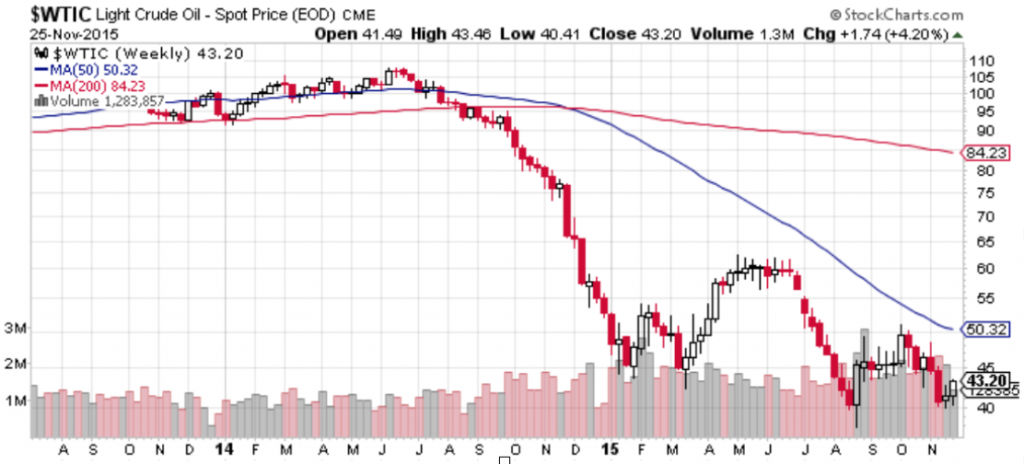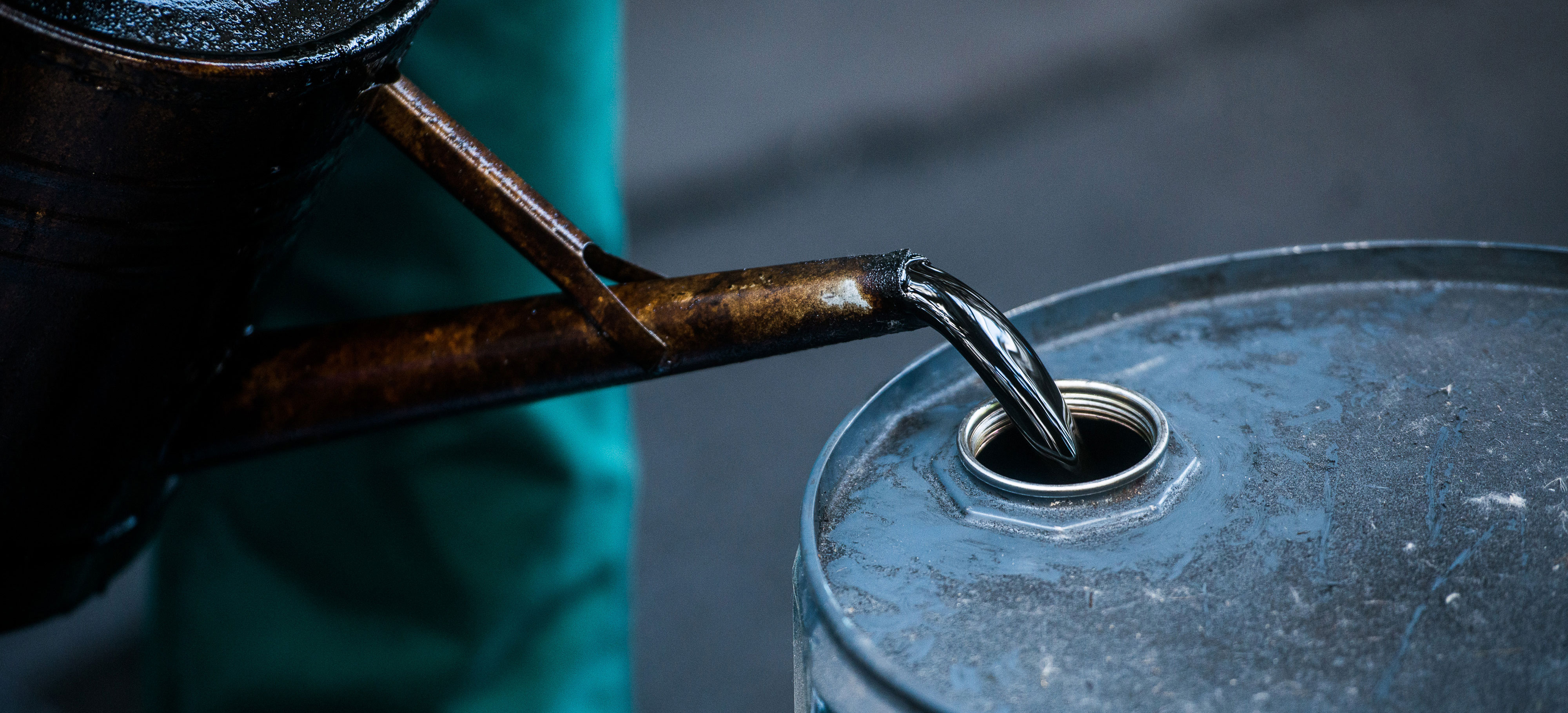Marius Paun is the Senior Dealer at Citypoint Trading. Marius previously worked as a dealer for London Capital Group and on the Oil Desk at ODL Securities (now FXCM).
To best understand the current state of the markets, best starting point is with a quick overview of the main drivers of the price of a barrel of oil since the turn of the century. Since the early nineties, crude prices have enjoyed a solid rally culminating with a top of around $147 per barrel in 2008. The financial crisis put a halt to this steady rise, following a sharp collapse in trade, a shift to deleverage mode and market participants finding refuge in the US dollar. But after touching the low thirties in the December of the same year, the price rebounded steadily to around $100 a barrel, driven by the massive quantitative easing project undertaken worldwide.
With the oil prices predicted to maintain these sufficiently high levels from late 2010 to mid 2014, the use of fracking became widespread in the US, sparking an energy revolution. The effect was to increase oil output and this, combined with a weak recovery across the major oil consuming nations, initiated the push in the price of US crude below $40 a barrel (August 2015). A global supply glut kept prices under pressure and pushed US stockpiles to a modern day record of 490.9 million barrels in April.

Marius Paun, Senior Dealer, Citypoint Trading
Global economic growth remained tepid and as a result OPEC started pumping oil at record rates in an effort to increase market share. The rest of the producers (most of them being higher cost) followed suit which fueled expectations that oil prices could stay lower for longer.
The International Energy Agency said earlier this month that yearly demand growth struggles to top 1 million barrels per day leading them to anticipate only a gradual rise in demand to 103.5 million bpd by 2040. It also predicted that investments will drop by more than 20% in 2015 and worryingly that this trend could continue next year with around $200 billion projects around the world now put on standby.
Low prices could attract a string of potential bankruptcies in the energy sector especially for high cost producers (already stretched). In turn that could spark a decline in output. Counter this with the fact that supply growth in Iraq and Iran could easily offset this decline, with both countries sitting on huge oil reserves and eager to return to production levels seen before war/sanctions.

Weekly Chart of Spot Light Sweet Crude Oil Source: StockCharts
In the wake of ‘the Arab Spring’, the Saudi Arabia government has kept harmony within its population by increasing spending, more than affordable when oil prices were around $100 a barrel. But when the tides turned and oil prices crashed, the Saudi government, which relies heavily on oil revenues (over three quarters of government income), refused to cut spending, ran into deficit and had to revert to using savings. The FT reported that foreign currency reserves in Saudi fell to a three-year low of just under $650 billion. Furthermore, its debt could rise from 6.7% this year to an unsustainable 50% of GDP within 5 years (according to FT).
It seems that the Saudi government, and by extension OPEC, could be stuck between a rock and a hard place. On one hand, high oil prices could encourage renewed increases in US shale oil production (the last thing they want is for that US oil to start competing with them on a global scale), whilst on the other hand, widening budget deficits in a low oil price world does not appeal either. So striking a balance could prove rather tricky.
Earlier this week, Venezuelan Oil Minister Eulogio Del Pino said that oil prices could ‘decline to as low as the mid $20 a barrel unless OPEC takes action to stabilize the market.’ Targeting an equilibrium price of $88 per barrel is under discussion by members, and it remains to be seen if any decision regarding cuts in quotas is taken at the next OPEC meeting on December 4th. At the same time, another piece of evidence that the oil market remains oversupplied is a report from the IEA regarding global crude storage which is estimated to have surpassed a record 3 billion barrels.
On Wednesday, the US Energy Information Administration indicated a build in oil inventories by around 1 m barrels (slightly lower than analysts’ expectations of a 1.2 m). Imports, mainly from Mexico and OPEC, have offset a drop in production and a rise in oil demand. In reaction, the price rallied but was once again under pressure the next day, with the long weekend of Thanksgiving looming.

















